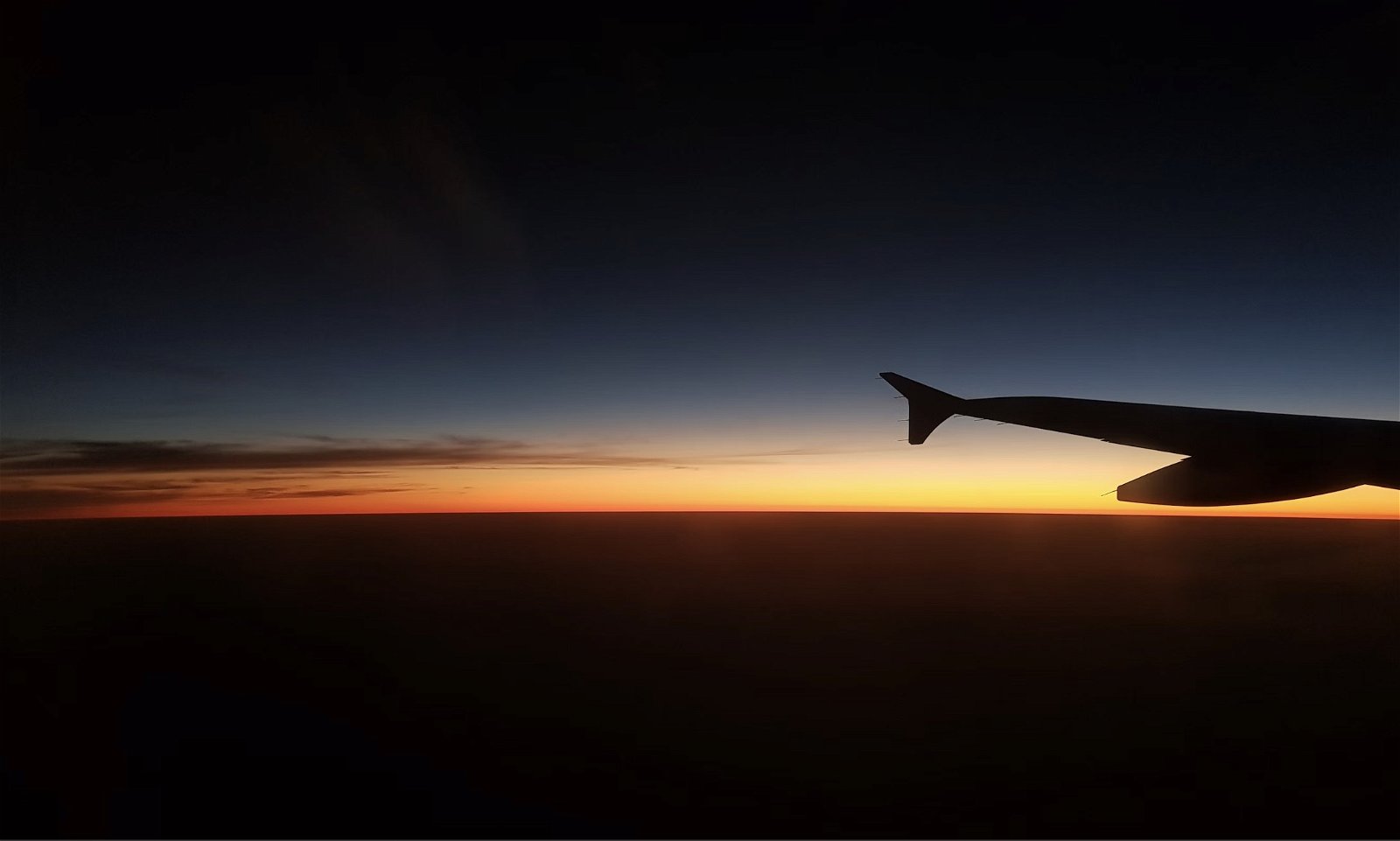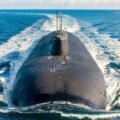Several incidents in a recent spate of pilot sightings of unidentified aerial phenomena (UAP) may have down-to-earth explanations, according to experts who have analyzed witness accounts and videos of the objects, which they say reveal broader issues related to aviation safety.
Although several of the sightings remain unexplained, even those with explanations point to the challenges pilots face in identifying and reporting potential hazards to commercial aviation, according to experts The Debrief has spoken with.
The unusual luminous displays, some appearing to exhibit circular movement patterns that have been likened to “racetrack” formations, were first reported by American pilots beginning in early August.
On October 19, The Debrief reported on several of the recent incidents, first investigated by researcher and television personality Ben Hansen, who posted several videos online provided to him by pilots who filmed the objects.
Soon afterward, a plausible solution was put forward on the popular Metabunk website by one of its users, “Flarkey,” who demonstrated that most of the objects appearing in the videos were consistent with the position and movement of Starlink satellites at the time of the sightings. In a subsequent video that appeared on his YouTube channel, Metabunk creator Mick West detailed the process originally used by Flarkey to resolve several of the pilot sightings.
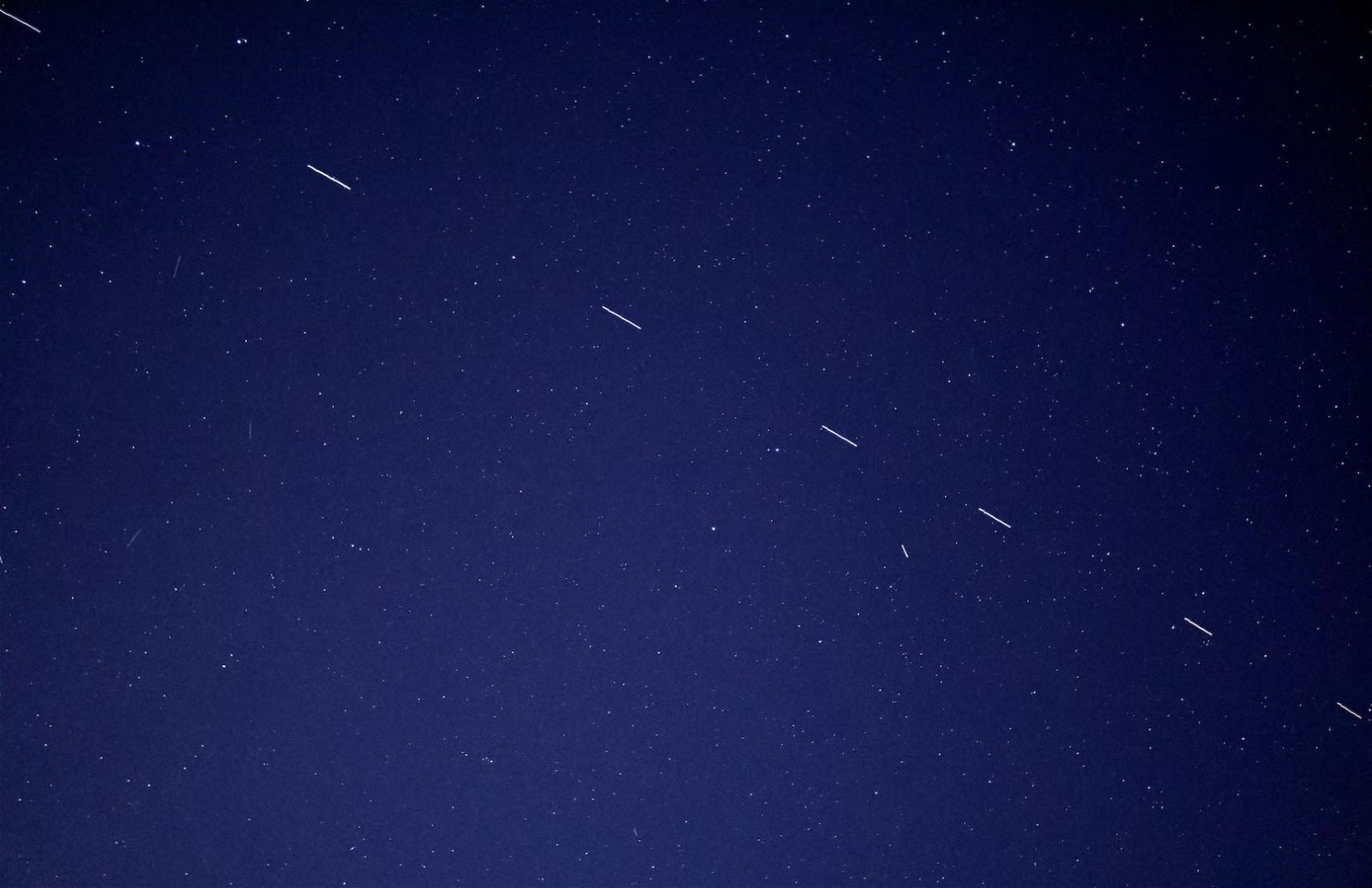

While conceding that “there are some eyewitness accounts that don’t fit” the Starlink explanation, West added that some of the pilots “have already made the understandable mistake of thinking something moving in a straight line was moving in a circle, so maybe there were other understandable mistakes.”
“Pilots are human,” West said in the video, “and while they are great at flying planes, they are not always good at identifying things they have never seen before. But really, who is?”
Following the recent developments, The Debrief reached out to several of these analysts, along with aviation professionals who provided their perspectives about what the current spate of pilot UAP sightings conveys; both in relation to genuine pilot sightings of aerial phenomena that defy simple explanation, as well as observations of known objects that can be misinterpreted under the right conditions.
Ben Hansen told The Debrief in a phone call that his recent independent analysis of the videos with collaborator Brittany Barbieri also points to Starlink satellites as the source of many of the recent sightings. However, like West, Hansen and Barbieri also note that a handful of the sightings still appear to describe something that could be more difficult to resolve.
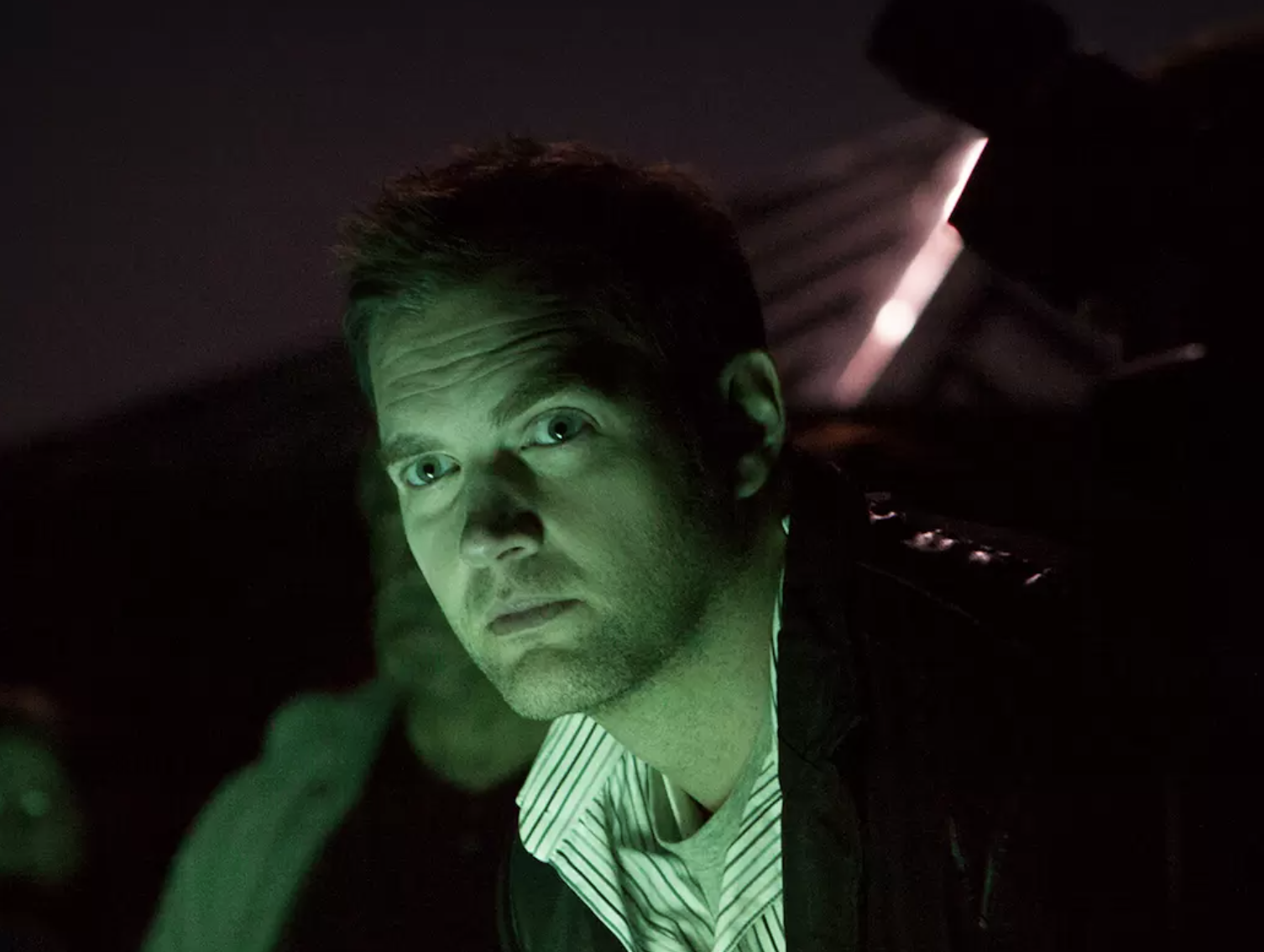

“Within these same cases that we’re getting of objects that are circulating and going in a revolving motion, we also have objects that streak down like a meteor and stop or take turns anywhere from 20 degrees to a full course reversal, sometimes within the same event,” Hansen told The Debrief.
Hansen described one report he received from a pilot in recent weeks where a stationary object was observed as it appeared to brighten, then “took off like a bolt of lightning straight down toward the water.” He adds that in other accounts shared with him and Barbieri, some of the objects appear to exhibit changes in direction, sudden acceleration, and other movements and characteristics that are difficult to explain.
Although several of the pilot sightings do not appear to be consistent with observations of Starlink constellations, Hansen concedes that the variety of descriptions “makes it really difficult to peel apart what might be satellites versus objects that are doing nonconventional maneuvering.”
“We’ve been very particular when we interview the pilots to make sure that they were seeing the same lit object,” Hansen said, “and that it wasn’t disappearing and a new one was taking its place.”
In an email to The Debrief, Mick West said that while he agrees some of the pilot descriptions are more difficult to resolve, that doesn’t necessarily mean that they couldn’t also be the result of misperceptions.
“One of the eyewitnesses, Mark Hulsey, tried to take a video of the things he saw. Mostly he got nothing (and the reflection of the iPhone autofocus light flashing). The one anomalous object he got on video also looks like a Starlink flare,” West told The Debrief.
“But he also says he saw lights fly overhead,” West added.
“I don’t know what he saw, but it’s possible that when you start interpreting things one way—like misinterpreting the distant flares as circling planes, possibly hostile [ones]—a heightened sense of caution might lead you to think that other lights, or even reflections, are moving.”


West says that the most reliable evidence right now remains what is captured in videos like the one Hulsey obtained. However, he points out that some of the videos that were later determined to be Starlink satellites were also misinterpreted to have been representations of UAP. If some of the lights looked strange enough in the videos to give the appearance they were performing “impossible” maneuvers, West feels that caution is warranted in terms of drawing interpretations based on pilot descriptions alone.
“It’s impossible to tell,” West said, “but it’s a possibility we need to consider neutrally.”
West also says that some critics have charged that his skepticism of the recent pilot reports seems disparaging toward professional aviators, but insists that efforts like his should not be misconstrued in this way since they are aimed at common goals shared with serious UAP proponents.
“Who are you, they ask, to question a trained professional? They feel such suggestions are insulting to the pilots,” West told The Debrief.
“But it’s not about the pilots vs. skeptics,” he says. “It’s about competing hypotheses.”
“I’m certain such misidentifications occur on a regular basis,” says Dr. Todd Curtis, an aviation safety analyst and founder of AirSafe.com, a website that provides resources on flight safety issues to the public.
“I’ve personally seen the [International Space Station] dozens of times, and because of its speed and altitude, if I didn’t know it was the ISS, I would have mistaken several of those sightings for an aircraft,” Curtis told The Debrief in an email. “I’ve also seen Iridium flares during the daytime, and had I not known what I was looking at, I would have been at the very least mystified by what I saw.”
Although it remains in question whether more of the recent pilot UAP sightings can be attributed to observations of Starlink satellites, all the experts The Debrief spoke with in recent days seemed to share at least one common overarching concern: that such sightings—whether involving known, or genuinely unknown objects—may all potentially introduce challenges to aviation safety.
“These sightings, even if they are 100% satellite flares, are a legitimate safety concern,” Mick West told The Debrief. “A pilot who thinks they are seeing some mysterious craft will be a distracted pilot. They may also tie up ATC’s time and resources.”
In addition to distractions that might arise from the potential misidentification of satellites and other known objects, instances involving legitimate close-range pilot encounters with unidentified flying objects could present even more direct challenges to aviation safety.
“In my opinion, the most likely safety issue from sighting a UAP is that a pilot or a flight crew may take abrupt and unnecessary maneuvers to avoid a UAP that may result in a loss of control of the aircraft,” Curtis told The Debrief. “On the other hand, when a situation arises in flight, the flight crew has the responsibility to take whatever actions deemed necessary to safely fly and land the aircraft.”
“There is no time to ponder or debate, there is only time to take immediate and decisive action,” Curtis says.
Just such a situation unfolded during a flight involving a Porter Airlines de Havilland Dash 8-400 aircraft on its way from Ottawa to Toronto on the morning of November 14, 2016. At approximately 9000 feet in its descent toward Toronto’s Billy Bishop City Airport, the crew observed an object in their flight path “shaped like an upright doughnut or inner tube,” which prompted an evasive maneuver. The aircraft, its four crew members, and 54 passengers safely landed 11 minutes after the near miss, but both flight attendants were taken to a hospital afterward with minor injuries.
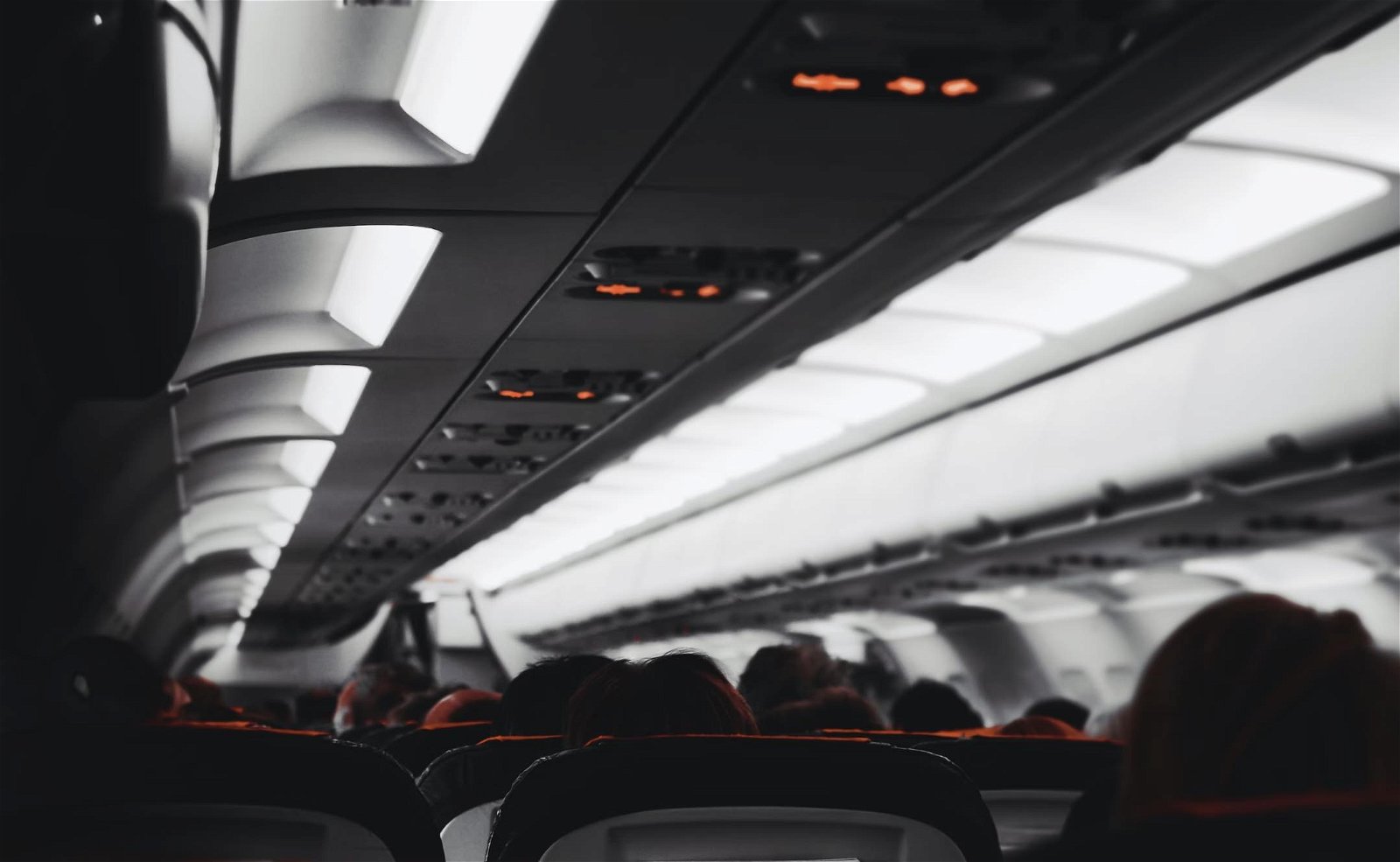

Although the pilots initially believed the object was a balloon, it was later suggested during a subsequent debriefing that it might have been a drone, although no conclusive identification was ever made.
Curtis told The Debrief that in the past, several similar pilot UAP sightings which did not result in evasive action taken by pilots have likely occurred, but went unreported because “the phenomena had no effect on the mission, and reporting them may have put their flight status and careers in jeopardy.”
Although stigmas and concerns about their profession may have prevented many aviators from discussing potential UAP sightings in the past, the number of pilots coming forward in recent weeks does appear to represent a shift in attitudes toward the subject.
Researcher Brittany Barbieri says that many of the recent reports are “just now coming out because [pilots] are starting to feel that it’s okay to talk about it,” noting that concomitant with past stigmas toward the UAP subject had also been a lack of any consistent way such sightings can be reported.
“They just wish they had a better reporting system,” Barbieri told The Debrief. “A lot of the pilots we talk to talk about a decent reporting system that they can contact to either find out if it’s a known or unknown.”
“If there’s no real system for this, they’re just kind of in a void,” Barbieri said, noting that many pilots express the desire for having an outlet “that makes them feel validated.”
Dr. Todd Curtis points to NASA’s Aviation Safety Reporting System (ASRS), citing it as an existing model for how aviation incident reports can be collected in ways that both encourage reporting and offer protections for pilots.
“Because it is an anonymous reporting system, there is little or no chance of having the report hurt the career of the submitter,” Curtis said, adding that it serves as a model for how a similar reporting system could potentially be instituted to collect data about unusual observations made by pilots.
Last March, The Debrief reported on several UAP incidents logged by pilots with the ASRS that were uncovered in its publicly searchable database. While the reports help demonstrate the efficacy of having such an anonymous reporting system for the collection of information about pilot UAP sightings, Curtis says that additional guidelines for future reporting should also be implemented.
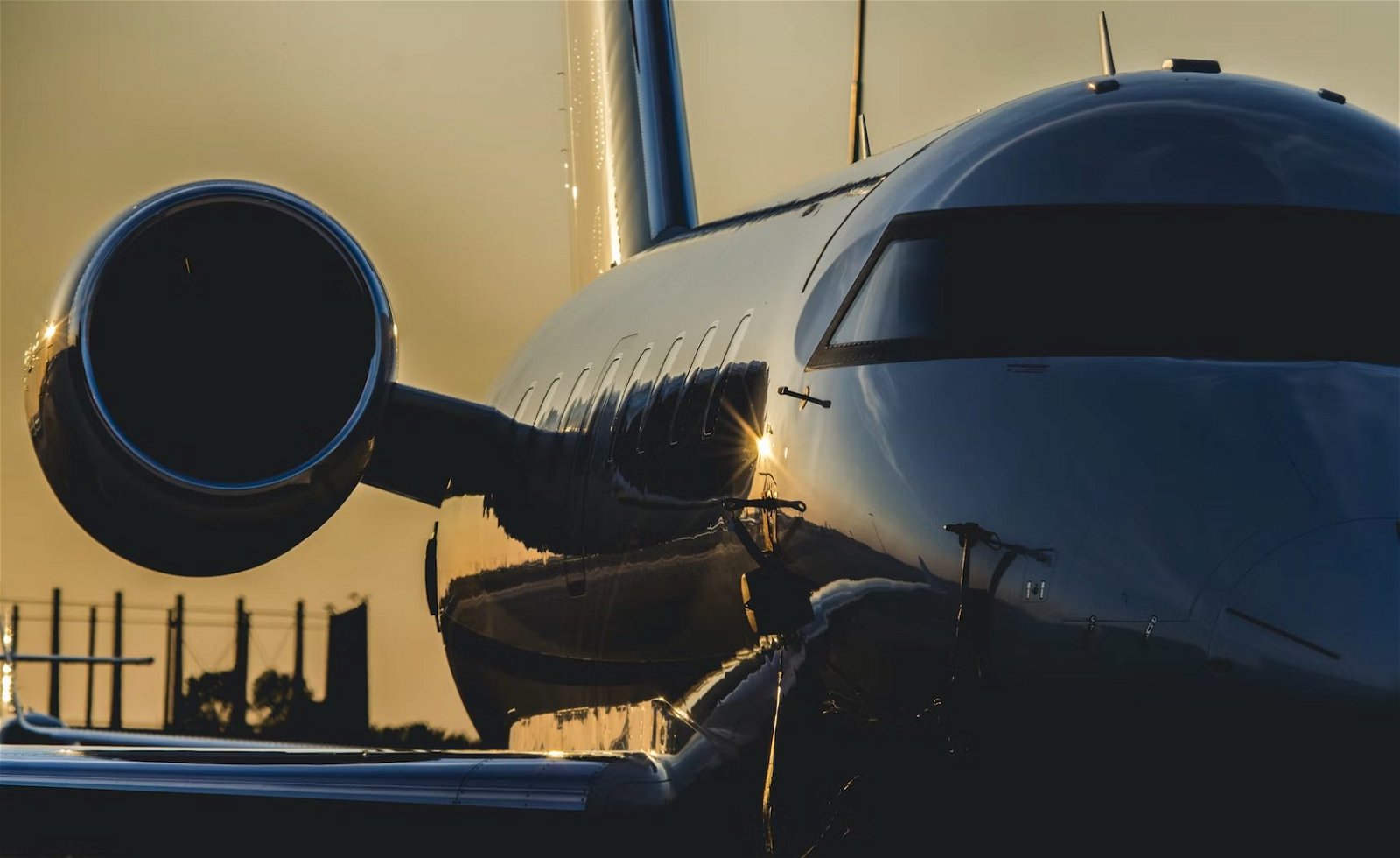

“One of the things that can and should be developed is a set of guidelines from an appropriate civil aviation organization like ICAO, NASA, or FAA so that the aviation community can develop procedures to formally report UAPs when they are observed,” Curtis told The Debrief.
“If the collected data also includes effects on aircraft structures or aircraft systems, that guidance should also include procedures to follow that would minimize the likelihood of an unwanted outcome,” Curtis added.
Echoing similar concerns, Mick West told The Debrief that efforts toward investigating any potentially genuine anomalies could be hindered by overreporting of misidentifications, a problem that could similarly be overcome by having a more effective system for reporting and resolving pilot sightings.
“At a broader level, it’s not helpful when investigating UAPs, for the reporting channels and even media interest to be clogged by false positives,” West told The Debrief. “Starlink is new, so this is an understandable misidentification, but steps should be taken so that pilots, or ATC, can quickly identify such things.”
The Debrief reached out to the Federal Aviation Administration (FAA) for comment about the recent pilot incidents, asking the agency about its position on potential misidentifications of Starlink as possible UAP, and whether it believes such observations could present a potential safety issue due to pilot distractions.
“Pilots are trained to focus on safely flying their aircraft,” the FAA said in a statement provided to The Debrief. “Pilots routinely make reports to air traffic controllers about events including turbulence, other weather conditions, and sightings of drones and other aircraft,” the FAA said in its statement.
However, the agency provided no additional information in response to our questions about how or if it plans to provide any specific guidance for pilots who make observations that may involve misidentifications of Starlink flares in the future.
In August 2021, The Debrief was the first to report that the FAA, after years of denying that it collected any information about UAP sightings, does in fact document observations reported by pilots to air traffic control facilities. An FAA spokesperson also told The Debrief that when “the pilot report can be corroborated with supporting information such as radar data, it is shared with the UAP Task Force.”
Earlier that year, among the key takeaways included in a 2021 preliminary report on the findings of the UAP Task Force had been that “UAP clearly pose a safety of flight issue,” adding that such phenomena may additionally “pose a challenge to U.S. national security.”
“Safety concerns primarily center on aviators contending with an increasingly cluttered air domain,” the ODNI report stated. A follow-up report, originally scheduled for delivery to Congress on October 31 but which is now several weeks overdue, is expected to further emphasize the potential hazards aviators face in increasingly congested airspace, regardless of whether the objects they encounter represent genuine unknowns.
In October, the American Institute of Aeronautics and Astronautics (AIAA) announced that it would be launching its own effort to study UAP sightings by pilots, with its Unidentified Aerospace Phenomena Integration & Outreach Committee.
Ryan Graves, a former fighter pilot and defense contractor who serves as Chair of the new AIAA committee, says that stigmas and other factors that have prevented pilots from coming forward with their sightings in the past, along with better systems for reporting such information, must be addressed.
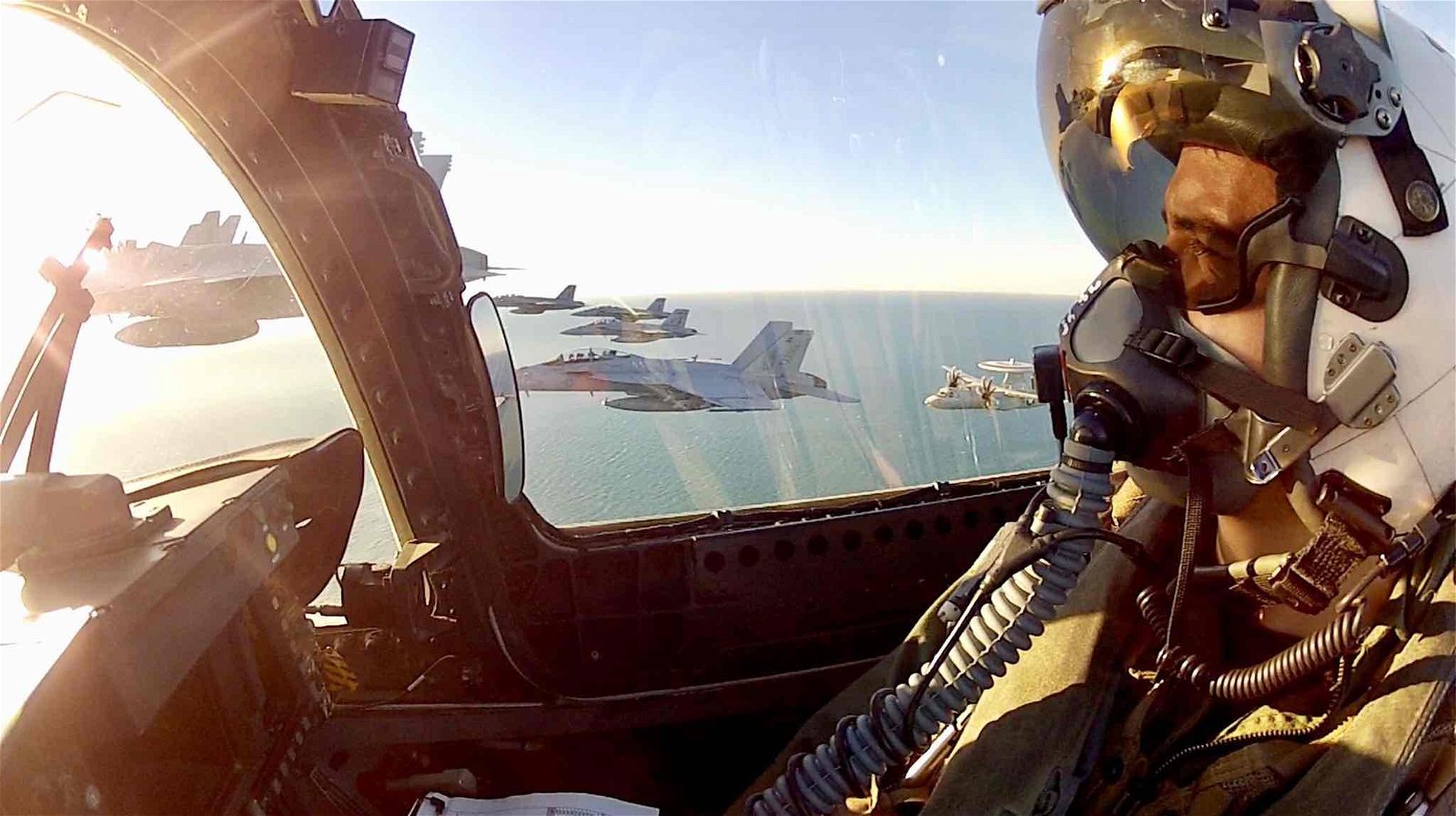

“The reality of how employers, and the FAA, have been treating this topic for decades makes us vulnerable,” Graves told The Debrief. “Not only are there no effective reporting mechanisms for UAP in commercial aviation, but it appears aircrews are actively dissuaded from reporting their observations.”
Graves, who came forward in 2019 about his own experiences involving UAP while serving as a U.S. Navy pilot, says that changes in attitude the military has shown in recent years should be mirrored in the commercial aviation world.
“The airlines, and aviation safety experts, know very well that the key to mitigating air safety risks is proper tracking and reporting of incidents,” Graves said. “Why wouldn’t we do the same for UAP?”
“It’s time for commercial and general aviation to catch up to their military counterparts and respect the observations of their pilots,” Graves says.
Micah Hanks is Editor-in-Chief and Co-Founder of The Debrief. Follow his work at micahhanks.com and on Twitter: @MicahHanks. Chrissy Newton is Media Director at The Debrief, and host of the podcast “Rebelliously Curious,” available on The Debrief’s YouTube Channel and all major podcast platforms. Follow her on Twitter: @ChrissyNewton
